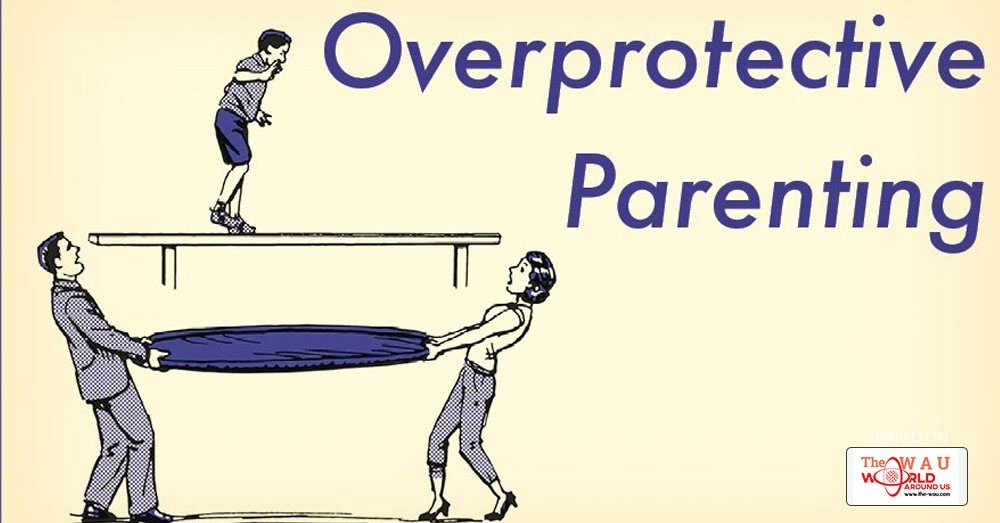In the last installment of this series on the causes and effects of the modern trend towards overprotective parenting, we explored the evidence behind the biggest reason parents give for adopting this approach and abandoning the more “free range” method they were reared with themselves: that the world today is more dangerous than it once was.
We showed that not only was the risk of a child becoming the victim of an accident or crime extremely low several decades ago, it’s even lower now. We also discussed the fact that the tiny risk that still does exist seems impossible to completely counter, no matter how strenuously we try; the sheer randomness of the world ensures that some tragedies are simply beyond human control.
Nonetheless, as long as some risk, no matter how infinitesimally small or impossible to influence remains, many parents feel driven to do everything in their power to mitigate it, on the chance that their efforts can somehow tip the odds, or, more realistically, simply because it feels better to know you’ve done all you can to keep your kids safe.
That might be a reasonable approach to take to parenting, if such hyper vigilance did not produce any downsides and risks of its own.
But it does.
What isn’t typically appreciated concerning risk management, is that when you control for one kind of danger, sometimes another kind emerges in its place.
In trying to prevent some types of risks in our children’s lives — not only concerning injury or death, but the failure to maximize their full potential and talent — we expose them to another.
These risks provoke a less visceral response, because their danger happens in slow motion, over a long period of time. Nonetheless, their physical, mental, and emotional effects can be just as real, and profoundly detrimental.
...[ Continue to next page ]
Share This Post















